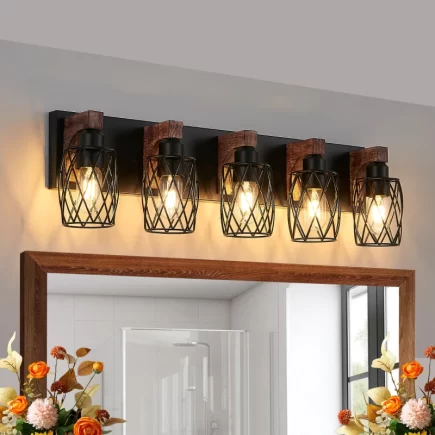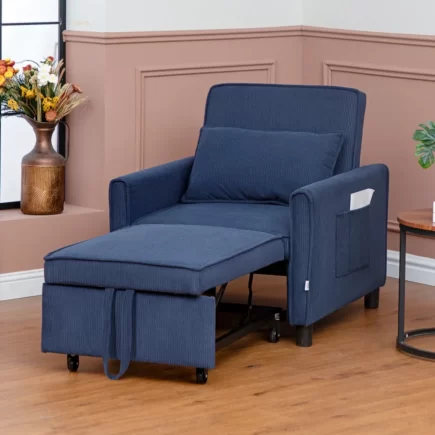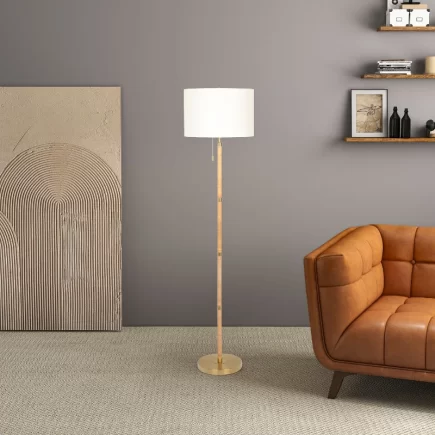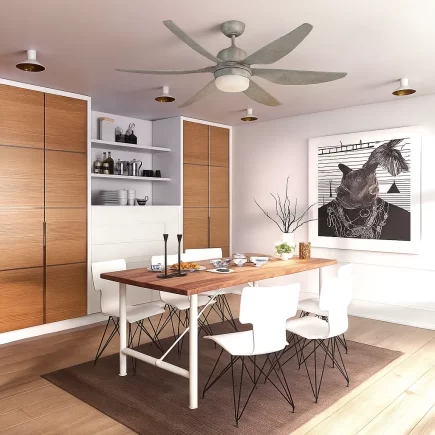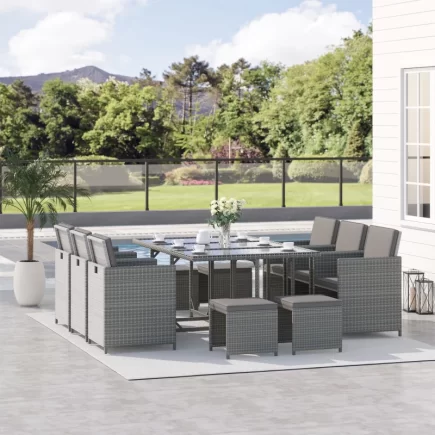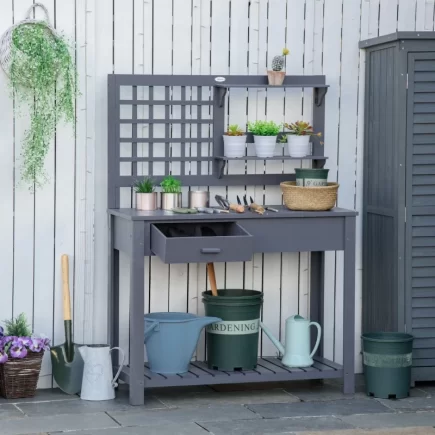Choosing the right bed frame is more than just a functional decision; it’s the foundation of your comfort, sleep quality, and bedroom style. The bed frame is a central piece of furniture that impacts not only how well you sleep but also how your bedroom looks and feels. It’s often overlooked in favor of the mattress itself, but the frame plays a crucial role in maintaining a good sleep environment.

In this article, we’ll walk you through everything you need to know when selecting the perfect bed frame. By the end of this article, you’ll be armed with practical knowledge to help you choose a bed frame that matches your needs, style, and budget.
1. Understand the Role of a Bed Frame in Your Sleep Environment
At first glance, a bed frame might seem like a simple platform to hold your mattress. However, its purpose is much more than that. A quality bed frame provides essential support, improves your sleep posture, and helps maintain the longevity of your mattress.
Impact on sleep quality:
A good bed frame ensures your mattress stays in place and provides even support across its surface. Without proper support, your mattress may sag or shift, affecting your sleep quality and comfort. Moreover, a bed frame that elevates your mattress off the ground improves air circulation around it, preventing moisture buildup and promoting a healthier sleep environment.
Posture and comfort:
The wrong frame can affect the alignment of your body while you sleep, leading to discomfort or even long-term back pain. A proper bed frame offers the right amount of elevation and support, ensuring that you sleep comfortably and wake up refreshed.
2. Consider the Size and Dimensions: Matching Your Frame to Your Space
One of the most important aspects of choosing a bed frame is ensuring it fits properly in your room.
Room dimensions:
Before purchasing, measure your room’s space. You need to account for not only the bed’s dimensions but also the surrounding furniture and walking space. Ideally, there should be at least 2 feet of clearance around the bed for ease of movement.
Mattress size:
Ensure your bed frame matches the size of your mattress. Common mattress sizes include Twin, Full, Queen, King, and California King. Double-check these dimensions before you buy your frame, as a mismatched set could lead to unnecessary gaps or an awkward fit.

Proportional balance:
Consider how the frame’s size will complement the room. A frame that’s too large in a small bedroom can overwhelm the space, making it feel cramped and uncomfortable. On the other hand, a tiny frame in a large room can look out of place and diminishes the overall aesthetic appeal.
3. Choose the Frame Type
The type of bed frame you choose largely depends on your mattress type and personal preference.
Platform Bed:
Platform beds are a sleek, modern option featuring built-in slats, which eliminate the need for a box spring. They provide solid support for a mattress, making them ideal for memory foam or hybrid mattresses. Their low-profile design contributes to a minimalist aesthetic, offering both durability and style without added height.
Box Spring Bed:
A traditional box spring bed frame requires a box spring to provide additional support for an innerspring mattress. This design elevates the mattress, offering extra height and a more cushioned feel. While box spring frames are often associated with classic bed styles, they are less common in modern bedrooms due to platform bed alternatives.
Storage Beds:
Storage beds feature built-in drawers or compartments underneath the mattress, making them ideal for small rooms or spaces in need of extra storage. These frames help you maximize your room’s functionality by offering a practical solution for storing clothes, bedding, or personal items, all while keeping the space organized and clutter-free.

Canopy or Four-Poster Bed:
Canopy and four-poster beds provide a luxurious, traditional look with tall posts at each corner, often used to create a dramatic and elegant centerpiece in the bedroom. These frames are perfect for adding a sense of grandeur or for draping curtains or fabric for a cozy, intimate atmosphere, blending both function and aesthetic.
4. Bed Frame Material: From Wood to Metal
The material of your bed frame greatly influences its durability, style, and comfort. Here are the most common types of materials used for bed frames:
Wood bed frames:
Wood frames are a timeless choice that adds warmth and character to your room. They come in various finishes, including oak, walnut, and pine, each offering a different level of durability and aesthetic. A wooden frame can last for many years, but it may require occasional maintenance, like polishing or treating the wood to prevent damage.
Metal bed frames:
Metal frames are sleek, modern, and typically more lightweight than wooden frames. They’re often more affordable and offer excellent durability. Metal frames are easy to maintain, simply wipe them clean with a cloth to remove dust and dirt. They also tend to be less prone to damage than wood, making them a great choice for those looking for something low-maintenance.
Upholstered bed frames:
Upholstered frames feature a soft fabric or leather cover that adds a luxurious touch to your bedroom. These frames are ideal for contemporary or chic styles and provide a comfortable, cushioned headboard for sitting up in bed. However, they can require more care, as upholstery may need to be cleaned or replaced over time.

Mixed materials:
Some bed frames combine wood, metal, and fabric to create a modern, eclectic look. These mixed-material frames can offer the best of both worlds in terms of style, durability, and comfort.
5. Aesthetic and Design Preferences
The bed frame you choose should complement the overall style of your bedroom. Whether you’re going for a rustic, modern, or minimalist look, there are numerous styles to choose from.
Style options:
- Modern/Contemporary: Sleek, clean lines with minimalist designs are typical in modern bed frames.
- Rustic: Wood frames with a natural or distressed finish provide a cozy, earthy feel.
- Industrial: Metal frames with a raw, unfinished look are perfect for an industrial-style room.
- Minimalist: Simple frames with a focus on functionality, often with a low profile and neutral colors.
Color and finish:
Select a bed frame color and finish that matches your bedroom decor. Neutral colors like black, white, or gray are versatile and work with most room themes. However, if you want your bed to be the focal point, go for bold colors or unique finishes like gold, matte black, or dark wood.
Headboards and footboards:
Adding a headboard or footboard can dramatically affect the room’s aesthetic. A headboard can make the bed look more cohesive with the rest of your furniture and provide additional comfort when sitting up. However, some people prefer a more minimalistic, open design without a headboard or footboard.
6. Stability and Durability
Your bed frame must be durable and sturdy to provide lasting support.
Check frame construction:
Look for solid construction with high-quality materials that prevent wobbling or breaking. Reinforced joints, solid wood or metal, and robust support beams ensure that the frame holds up well over time.

Weight capacity:
Ensure the frame can support the combined weight of the mattress and sleepers. Most bed frames come with a specified weight limit, so check these details before making your purchase. Matching the weight capacity to your mattress and sleeping habits can extend the life of your frame.
7. Budgeting Wisely
Bed frames come in a wide range of prices depending on the materials, design, and brand. It’s important to balance your budget with the frame’s quality.
Understand the price range:
- Budget frames typically range from $100 to $300.
- Mid-range frames usually cost between $300 and $800.
- High-end frames can cost $800 and above, especially if they’re made from premium materials like solid wood or designer brands.
8. Ease of Assembly and Maintenance
Some bed frames require professional assembly, while others are simple to set up at home. Before making a decision, check whether the frame comes with assembly instructions or if professional assembly is recommended.
Maintenance tips:
- Metal frames: Wipe them clean with a damp cloth to prevent dust accumulation and rust.
- Upholstered frames: Vacuum regularly and use fabric cleaner for any stains.
- Wooden frames: Treat the wood with care to avoid scratches and damage. Regular dusting and occasional polishing help maintain their appearance.

Your Perfect Bed Frame Awaits
Choosing the right Bed Frame is an essential decision that impacts your sleep, style, and overall bedroom comfort. By considering factors like size, material, design, and durability, you can find a bed frame that fits your needs and enhances your bedroom for years to come. Take your time, set your priorities, and choose a frame that aligns with both your functional needs and aesthetic preferences. After all, a bed frame is not just an investment in furniture, but in your sleep quality and overall well-being.
FAQs
1. How do I pick a bed frame that won’t damage my hardwood floors?
Look for bed frames with non-slip, padded, or rubber feet. You can also place furniture coasters or felt pads under each leg to prevent scratches and dents on the floor.
2. Can I use an old bed frame with a new mattress?
Yes, but only if the frame provides the right support. Check that slats are spaced closely enough or consider adding a bunkie board to avoid voiding the mattress warranty.
3. What if I want to change my bedroom style often?
Pick a neutral, timeless frame like black metal or solid wood with clean lines. These adapt well to new decor themes without needing replacement.

